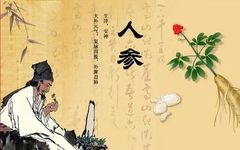Author: Shenzhen Baoan Pure Traditional Chinese Medicine Treatment Hospital Wen Ruojun、Mei Quanxi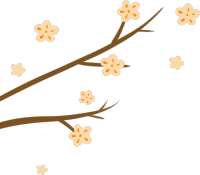 Mei Quanxi Column
Mei Quanxi Column
Herb
Catalog
Volume
Index


Herb Section Volume Twelve
The King of Herbs – Ginseng

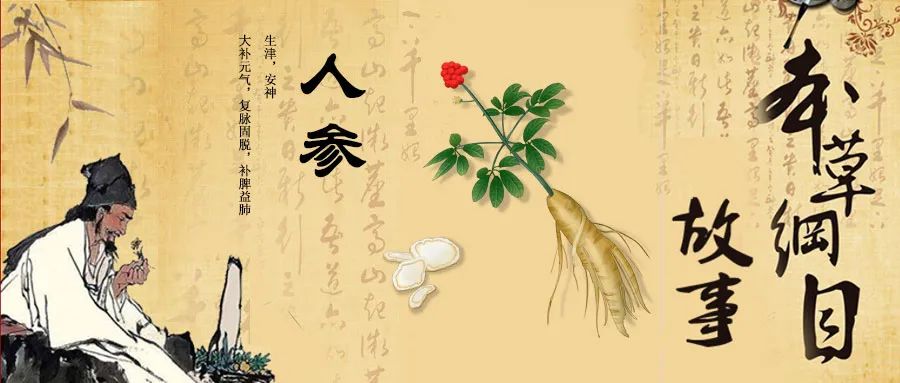
[Shizhen said]: … It is called the essence of the earth, hence the names “earth essence” and “soil essence”. The Guang Wuxing Ji states: During the time of Emperor Wen of Sui, there was a person in the Shangdang area who heard a voice calling every night from behind his house, but could not find the source. About a mile away from his house, he discovered a plant with unusually lush branches and leaves. After digging five feet into the ground, he found a ginseng branch that resembled a human body, complete with limbs, and the calling ceased. This is a typical record of ginseng “becoming a spirit”. Two thousand years ago, the Wei Shu of the late Western Han Dynasty stated: “When ginseng grows below, purple qi appears above”, meaning that ginseng grows on the ground while purple gas appears in the sky. Other ancient texts record: “The scattering of the star of shaking light becomes ginseng”, and “When the ruler neglects the benefits of the mountains and rivers, the shaking light dims, and ginseng does not grow.” Therefore, the name “divine herb” also has historical origins.
“Bencao Gangmu” Herb Section Volume TwelveGinseng “discovery”.
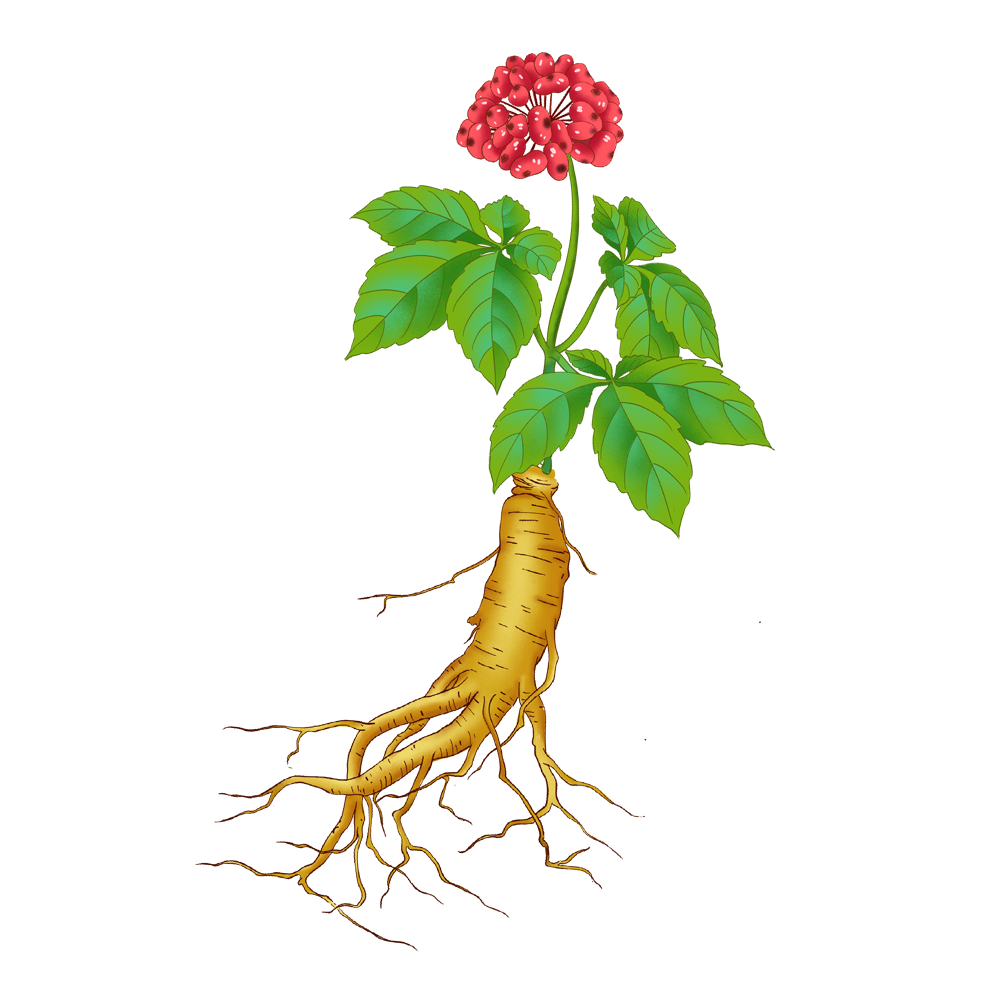
1
Story of Ginseng
Ginseng absorbs the essence of the earth, hence the names “earth essence” and “soil essence”. The “Bencao Gangmu” contains the following story: According to the Guang Wuxing Ji, during the time of Emperor Wen of Sui, in the Shangdang area, which is now part of Changzhi County and Licheng County in Shanxi Province, there was a household that could hear a person’s calling every night from behind their house, but could not find the person. About a mile away from their house, they discovered a plant with unusually lush branches and leaves. After digging five feet into the ground, they found a ginseng branch that resembled a human body, complete with limbs. From then on, the calling was never heard again, which is a typical record of ginseng “becoming a spirit”. Two thousand years ago, the Wei Shu of the late Western Han Dynasty stated: “When ginseng grows below, purple qi appears above”, meaning that ginseng grows on the ground while purple gas appears in the sky. Other ancient texts record: “The scattering of the star of shaking light becomes ginseng”, and “When the ruler neglects the benefits of the mountains and rivers, the shaking light dims, and ginseng does not grow.” Therefore, the name “divine herb” also has historical origins.
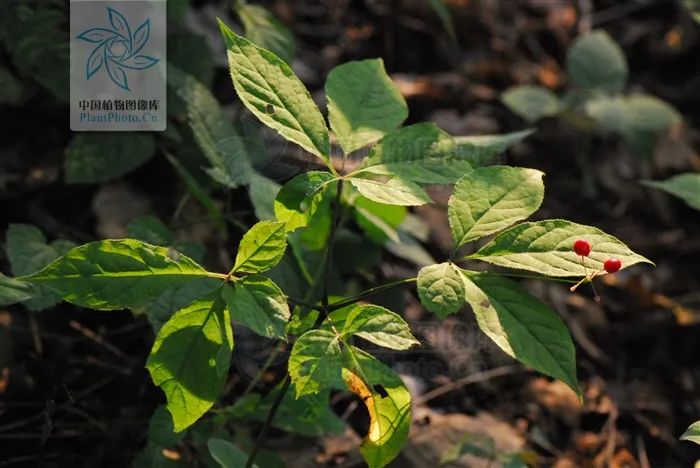
Ginseng Plant Image(Image source: Chinese Plant Image Library, photographed by Zhou Yao)
2
Origin of the Name Ginseng

 Ginseng AliasesBangchui, Bangcui, Earth Essence, Jade Essence, Renjin, Renwei and others, refer to the dried roots and rhizomes of the Araliaceae plant ginseng. In China, there are many legends about ginseng, and it is said to be a very spiritual plant. When ginseng diggers go into the mountains, they always carry red strings to tie around the ginseng in advance to prevent it from escaping. The origin of the name ginseng is widely circulated in folklore, as it resembles the human body, hence the name. A long time ago, a pair of brothers went hunting in the mountains in late autumn and were trapped by heavy snow. They took refuge in a cave and found a plant that looked very much like a human form to stave off hunger. They discovered that although eating this plant gave them strength, eating too much caused nosebleeds. Therefore, they dared not eat much and instead consumed a little each day. As winter passed and spring arrived, the brothers returned home laden with goods, and the villagers were curious about their plump appearance. They shared their experience with the villagers and displayed the roots they had brought back. An elder laughed and said, “Since the brothers survived thanks to it, and it resembles a person, let’s call it ‘Ren Sheng’ (life)”! Later, it was renamed “Ginseng”. China is the first country to use ginseng and the first to document it in writing. The character “参” (shen) appears in oracle bone inscriptions from the Shang and Zhou dynasties. In ancient times, ginseng from the Shangdang area was considered the best quality, known as Shangdang ginseng. The “Ming Yi Bie Lu” states, “Ginseng grows in the valleys of Shangdang Mountain and Liaodong.” Today, Shanxi is no longer the main production area for ginseng. The reason is that Li Shizhen pointed out in the “Bencao Gangmu”: “Shangdang, now known as Luzhou. The people consider ginseng a local harm and no longer harvest it. What is used now is all Liaoshen.” It can be seen that before the Ming Dynasty, Shangdang ginseng was no longer used. Today, ginseng is mainly distributed in eastern Liaoning, eastern Jilin, and eastern Heilongjiang, growing under deciduous broadleaf or mixed coniferous and broadleaf forests at altitudes of several hundred meters. In recent years, it has been widely cultivated in the northeastern provinces of China, with Jilin Province being the main production area, accounting for 80% of the national output, especially the Changbai Mountain ginseng, which has a significant advantage in both domestic and international markets. Ginseng is mostly harvested in autumn, with the soil cleaned off; cultivated ginseng is called “Yuan Shen”, while wild ginseng is called “Shan Shen”. Ginseng that grows naturally in the wild is referred to as “Lin Xia Shan Shen”, commonly known as “Zi Hai”. Ginseng that has been sun-dried or air-dried is called “Sheng Shai Shen”; ginseng that has been scalded with water and sugar-soaked before drying is called “Bai Tang Shen”; ginseng that has been steamed and then sun-dried or air-dried is called “Hong Shen”; and the fibrous roots are referred to as “Shen Xu”.
Ginseng AliasesBangchui, Bangcui, Earth Essence, Jade Essence, Renjin, Renwei and others, refer to the dried roots and rhizomes of the Araliaceae plant ginseng. In China, there are many legends about ginseng, and it is said to be a very spiritual plant. When ginseng diggers go into the mountains, they always carry red strings to tie around the ginseng in advance to prevent it from escaping. The origin of the name ginseng is widely circulated in folklore, as it resembles the human body, hence the name. A long time ago, a pair of brothers went hunting in the mountains in late autumn and were trapped by heavy snow. They took refuge in a cave and found a plant that looked very much like a human form to stave off hunger. They discovered that although eating this plant gave them strength, eating too much caused nosebleeds. Therefore, they dared not eat much and instead consumed a little each day. As winter passed and spring arrived, the brothers returned home laden with goods, and the villagers were curious about their plump appearance. They shared their experience with the villagers and displayed the roots they had brought back. An elder laughed and said, “Since the brothers survived thanks to it, and it resembles a person, let’s call it ‘Ren Sheng’ (life)”! Later, it was renamed “Ginseng”. China is the first country to use ginseng and the first to document it in writing. The character “参” (shen) appears in oracle bone inscriptions from the Shang and Zhou dynasties. In ancient times, ginseng from the Shangdang area was considered the best quality, known as Shangdang ginseng. The “Ming Yi Bie Lu” states, “Ginseng grows in the valleys of Shangdang Mountain and Liaodong.” Today, Shanxi is no longer the main production area for ginseng. The reason is that Li Shizhen pointed out in the “Bencao Gangmu”: “Shangdang, now known as Luzhou. The people consider ginseng a local harm and no longer harvest it. What is used now is all Liaoshen.” It can be seen that before the Ming Dynasty, Shangdang ginseng was no longer used. Today, ginseng is mainly distributed in eastern Liaoning, eastern Jilin, and eastern Heilongjiang, growing under deciduous broadleaf or mixed coniferous and broadleaf forests at altitudes of several hundred meters. In recent years, it has been widely cultivated in the northeastern provinces of China, with Jilin Province being the main production area, accounting for 80% of the national output, especially the Changbai Mountain ginseng, which has a significant advantage in both domestic and international markets. Ginseng is mostly harvested in autumn, with the soil cleaned off; cultivated ginseng is called “Yuan Shen”, while wild ginseng is called “Shan Shen”. Ginseng that grows naturally in the wild is referred to as “Lin Xia Shan Shen”, commonly known as “Zi Hai”. Ginseng that has been sun-dried or air-dried is called “Sheng Shai Shen”; ginseng that has been scalded with water and sugar-soaked before drying is called “Bai Tang Shen”; ginseng that has been steamed and then sun-dried or air-dried is called “Hong Shen”; and the fibrous roots are referred to as “Shen Xu”.

Ginseng Medicinal Material ImageGinseng is known as the king of herbs and is a highly sought-after premium tonic both domestically and internationally. The culture of ginseng in China has a long history, with the earliest records dating back to the Qin and Han dynasties, where it was classified as a “superior product” in the “Shennong Bencao Jing”: “Sweet in taste, slightly cold. It mainly supplements the five organs, calms the spirit, stabilizes the soul, stops palpitations, eliminates evil qi, brightens the eyes, and enhances intelligence. Long-term use lightens the body and prolongs life. It is precisely because of ginseng’s nourishing effects that it has become a precious medicinal material, and since ancient times, there have been counterfeit imitations. According to the “Bencao Gangmu”: “Liaoshen with skin is yellow and moist like Fangfeng, while peeled ones are firm and white like powder; counterfeits are made from sand ginseng, jilin, and platycodon roots. Sand ginseng is weak and tasteless, jilin is weak and tasteless, while platycodon is firm and bitter. Ginseng is firm, sweet, slightly bitter, and has a lingering taste.” The “Yao Xing Lun” states: “It is used for insufficient qi in the five organs, five labors and seven injuries, weakness and emaciation, vomiting and inability to eat, stopping cholera, restlessness, supplementing the five organs and six bowels, protecting the center and guarding the spirit.” The “Dian Nan Bencao” states: “It treats insufficiency of yin and yang, and lung qi deficiency.” From the stories mentioned above and the records in ancient famous herbal texts, ginseng is a lifesaving tonic, and for thousands of years, people’s worship and exploration of ginseng have never ceased, and physicians throughout history have valued its use. The outstanding physician of the Eastern Han Dynasty, Zhang Zhongjing, in the “Shang Han Lun”, included 21 formulas containing ginseng out of 113 total formulas, accounting for 18.58% of the total. The famous medical scientist of the Tang Dynasty, Sun Simiao, in his work “Bei Ji Qian Jin Yao Fang”, included 445 formulas containing ginseng. The most closely related medical work to ginseng in the early Ming Dynasty was “Ren Shen Zhuan” by Li Shizhen’s father, Li Yanwen, but unfortunately, the original text has been lost, and some content has been included in the “Bencao Gangmu”. Based on the “Ren Shen Zhuan”, Li Shizhen meticulously collected and organized the essence of ginseng from various herbal studies, providing the most detailed description of ginseng in the “Bencao Gangmu”. Li Shizhen emphasized:Ginseng “treats all deficiencies in men and women, spontaneous sweating, dizziness, headaches, vomiting, malaria, chronic diarrhea, frequent urination, fatigue, stroke, heat stroke, atrophy, hemoptysis, blood in sputum, blood in urine, and various diseases before and after childbirth”, making its uses quite extensive. Today, ginseng remains one of the most commonly used Chinese herbs in clinical practice, and there are many ginseng-based preparations. The 2020 edition of the “Chinese Pharmacopoeia” includes over 80 types of traditional Chinese medicines containing ginseng, such as Ginseng Jianpi Wan, Fuzi Lizhong Wan, and Ginseng Yangrong Wan, which are widely used in various disciplines for treating cardiovascular diseases, diabetes, qi deficiency, as well as strengthening the spleen and stomach, postpartum recovery, menstrual irregularities, tonifying kidney yang, and enhancing immunity. Ginseng is a treasure, with its leaves also used medicinally, referred to as ginseng leaves. The stems, flowers, and fruits can be further processed into products such as smoke, wine, tea, crystals, and pastes.For making ginseng tea from ginseng leaves: Before the frost descends, the tender ginseng leaves are harvested, washed, dried, blanched, rolled, broken, stir-fried, and dried through several processes to produce ginseng tea, which has effects of refreshing, aiding digestion, generating fluids, and promoting urination;Ginseng fruit for brewing wine: In autumn, when the ginseng fruit turns red and the seeds mature, the fruit is harvested, crushed in a regular rice mill, separating the skin and pulp from the seeds. The juice can be fermented to produce delicious ginseng fruit wine. In addition, ginseng has long been regarded as a traditional beauty and skincare product, and cosmetics containing ginseng have always been favored by consumers. Recently, some non-saponin components with whitening effects, promoting epidermal cell growth factors, and scavenging free radicals have been isolated from ginseng and made into highly popular cosmetics. Furthermore, the residues and by-products from ginseng extraction, such as stems and leaves, have been developed into ginseng bio-fertilizers, insecticides, and feed additives, showcasing the extensive range and applications of ginseng.

Ginseng Medicinal Material Image
3
Pharmacological Effects

 Traditional Chinese Medicine believes that ginseng has a sweet, slightly bitter, and slightly warm nature. It enters the spleen, lung, heart, and kidney meridians. Its functions include greatly tonifying the original qi, stabilizing the pulse, tonifying the spleen and benefiting the lungs, generating fluids and nourishing the blood, calming the spirit and enhancing intelligence. It is used for body weakness, cold limbs, weak pulse, spleen deficiency with poor appetite, lung deficiency with cough and asthma, fluid damage with thirst, internal heat with diabetes, qi and blood deficiency, prolonged illness with weakness, palpitations and insomnia, and cold phlegm in the palace. Modern pharmacological studies show that its roots contain ginsenosides and a small amount of volatile oil, ginsenoside, etc. In addition, it contains monosaccharides such as glucose, fructose, and sucrose; a mixture of fatty acids such as palmitic acid, stearic acid, and linoleic acid; various vitamins B1, B2, pantothenic acid; and various amino acids, choline, enzymes, and other nutrients. Modern medicine believes that ginseng has significant effects on the nervous system, cardiovascular system, endocrine system, digestive system, reproductive system, respiratory system, and surgery, and has miraculous effects in preventing aging, cancer, enhancing human immunity, and improving sexual function and physical strength.Modern applications mainly include:1. Emergency use Large doses of ginseng decoction or stew, or ginseng with fuzi decoction, or intramuscular or intravenous injection of ginseng injection can be used for emergency treatment of cardiogenic shock or other critically ill patients.2. Prevention and treatment of cardiovascular diseases Ginseng can enhance cardiac contractility and heart rate, stimulate the heart to accelerate blood flow, promote metabolism, adjust the body’s nutritional status, and slow down physical decline, increasing resistance. It has certain efficacy for various heart diseases and anemia. The effects of ginseng on the heart and blood pressure differ from those of general cardiotonic drugs; its action has a bidirectional characteristic, such as raising blood pressure at low doses and lowering blood pressure at high doses, normalizing cardiovascular function, which is not achievable by general cardiotonic drugs.3. Prevention and treatment of gastrointestinal and liver diseases Ginseng can promote the secretion of digestive juices, improving symptoms of upper abdominal distension, vomiting, and spleen-stomach weakness. Ginseng can also promote the synthesis of proteins and nucleic acids in the liver, preventing and treating various liver diseases, and inhibiting the transition of acute hepatitis to chronic hepatitis.4. Prevention and treatment of diabetes Ginseng can enhance the function of the pituitary-adrenal cortex system, stimulate the endocrine system’s secretory function, lower blood sugar, improve the general condition of diabetic patients, and reduce the dosage of insulin, preventing pancreatic dysfunction.5. Prevention and treatment of neurasthenia and mental illness Ginseng has a significant stimulating effect on the central nervous system, enhancing physical activity and reducing fatigue. Ginseng has certain therapeutic effects on asthenic and asthenic-depressive types of mental illness and various types of neurasthenia patients.6. Treatment of geriatric diseases Ginseng has significant therapeutic and preventive effects on various aging symptoms in the elderly, can lower blood lipids, especially triglycerides, and can also reduce cholesterol levels.7. Treatment of impotence In traditional Chinese medicine, ginseng is generally used as a tonic, referred to as “qiangjing bushen”. It can nourish the original qi and has significant effects on paralysis-type and premature ejaculation impotence. Modern research has shown that ginseng can enhance sperm motility and has a function of enhancing gonadal function, significantly improving sexual function.8. Surgery Ginseng has anti-inflammatory and anti-swelling effects when used externally, can accelerate the healing of wounds and ulcers. Externally, ginseng also has beauty and hair care effects, delaying skin aging.9. Enhancing human immunity and assisting in cancer prevention and treatment Ginseng can improve the body’s resistance to cancer cells, improve the patient’s physical condition, prevent the metastasis and spread of cancer cells, and can prevent the decrease of white blood cells caused by anticancer drugs, and can be used in combination with other chemotherapy or radiotherapy. In addition, ginseng also has the effect of improving vision and enhancing visual dark adaptation, improving memory, increasing work efficiency, and enhancing physical endurance.
Traditional Chinese Medicine believes that ginseng has a sweet, slightly bitter, and slightly warm nature. It enters the spleen, lung, heart, and kidney meridians. Its functions include greatly tonifying the original qi, stabilizing the pulse, tonifying the spleen and benefiting the lungs, generating fluids and nourishing the blood, calming the spirit and enhancing intelligence. It is used for body weakness, cold limbs, weak pulse, spleen deficiency with poor appetite, lung deficiency with cough and asthma, fluid damage with thirst, internal heat with diabetes, qi and blood deficiency, prolonged illness with weakness, palpitations and insomnia, and cold phlegm in the palace. Modern pharmacological studies show that its roots contain ginsenosides and a small amount of volatile oil, ginsenoside, etc. In addition, it contains monosaccharides such as glucose, fructose, and sucrose; a mixture of fatty acids such as palmitic acid, stearic acid, and linoleic acid; various vitamins B1, B2, pantothenic acid; and various amino acids, choline, enzymes, and other nutrients. Modern medicine believes that ginseng has significant effects on the nervous system, cardiovascular system, endocrine system, digestive system, reproductive system, respiratory system, and surgery, and has miraculous effects in preventing aging, cancer, enhancing human immunity, and improving sexual function and physical strength.Modern applications mainly include:1. Emergency use Large doses of ginseng decoction or stew, or ginseng with fuzi decoction, or intramuscular or intravenous injection of ginseng injection can be used for emergency treatment of cardiogenic shock or other critically ill patients.2. Prevention and treatment of cardiovascular diseases Ginseng can enhance cardiac contractility and heart rate, stimulate the heart to accelerate blood flow, promote metabolism, adjust the body’s nutritional status, and slow down physical decline, increasing resistance. It has certain efficacy for various heart diseases and anemia. The effects of ginseng on the heart and blood pressure differ from those of general cardiotonic drugs; its action has a bidirectional characteristic, such as raising blood pressure at low doses and lowering blood pressure at high doses, normalizing cardiovascular function, which is not achievable by general cardiotonic drugs.3. Prevention and treatment of gastrointestinal and liver diseases Ginseng can promote the secretion of digestive juices, improving symptoms of upper abdominal distension, vomiting, and spleen-stomach weakness. Ginseng can also promote the synthesis of proteins and nucleic acids in the liver, preventing and treating various liver diseases, and inhibiting the transition of acute hepatitis to chronic hepatitis.4. Prevention and treatment of diabetes Ginseng can enhance the function of the pituitary-adrenal cortex system, stimulate the endocrine system’s secretory function, lower blood sugar, improve the general condition of diabetic patients, and reduce the dosage of insulin, preventing pancreatic dysfunction.5. Prevention and treatment of neurasthenia and mental illness Ginseng has a significant stimulating effect on the central nervous system, enhancing physical activity and reducing fatigue. Ginseng has certain therapeutic effects on asthenic and asthenic-depressive types of mental illness and various types of neurasthenia patients.6. Treatment of geriatric diseases Ginseng has significant therapeutic and preventive effects on various aging symptoms in the elderly, can lower blood lipids, especially triglycerides, and can also reduce cholesterol levels.7. Treatment of impotence In traditional Chinese medicine, ginseng is generally used as a tonic, referred to as “qiangjing bushen”. It can nourish the original qi and has significant effects on paralysis-type and premature ejaculation impotence. Modern research has shown that ginseng can enhance sperm motility and has a function of enhancing gonadal function, significantly improving sexual function.8. Surgery Ginseng has anti-inflammatory and anti-swelling effects when used externally, can accelerate the healing of wounds and ulcers. Externally, ginseng also has beauty and hair care effects, delaying skin aging.9. Enhancing human immunity and assisting in cancer prevention and treatment Ginseng can improve the body’s resistance to cancer cells, improve the patient’s physical condition, prevent the metastasis and spread of cancer cells, and can prevent the decrease of white blood cells caused by anticancer drugs, and can be used in combination with other chemotherapy or radiotherapy. In addition, ginseng also has the effect of improving vision and enhancing visual dark adaptation, improving memory, increasing work efficiency, and enhancing physical endurance.
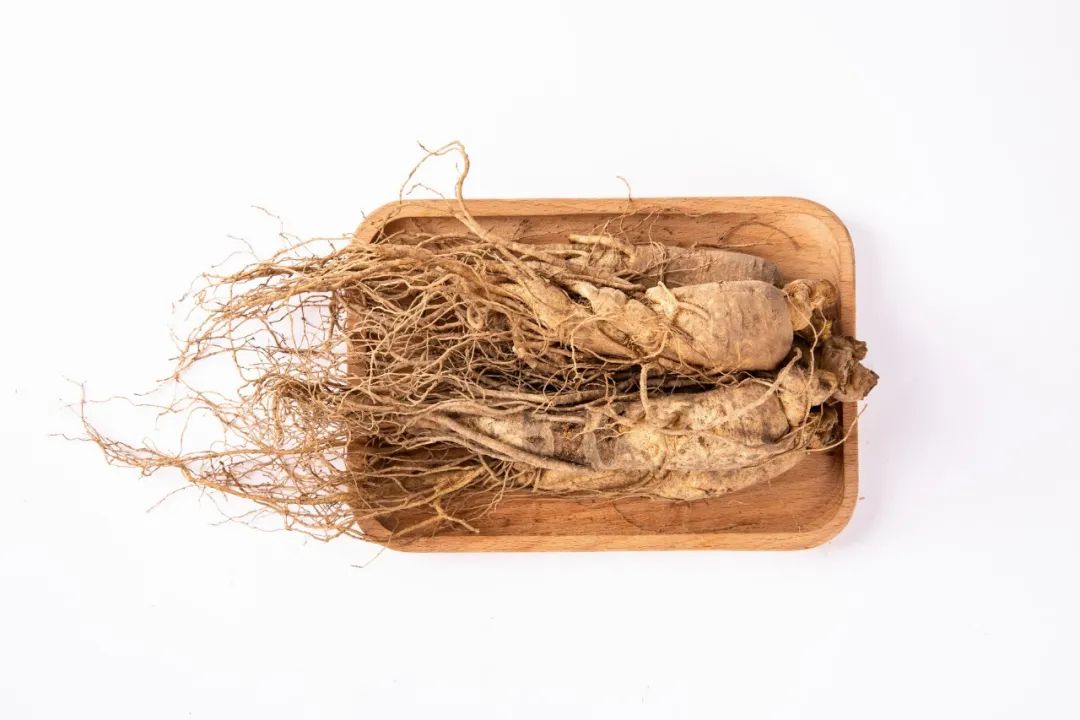
Ginseng Medicinal Material Image
4
Folk Remedies

 Ginseng, as a medicinal and edible material, has many single prescriptions and folk remedies that are clinically effective. For example:
Ginseng, as a medicinal and edible material, has many single prescriptions and folk remedies that are clinically effective. For example:
1
Treatment of Acute Hepatitis B
Grind 300g of ginseng into fine powder, take 2.5g each time, twice a day.
2
Treatment of Arrhythmia
Cut ginseng into 0.5-1cm translucent slices, take one slice in the morning and before bed. During the consolidation phase, take one slice daily, with a treatment course of 10 days.
3
Treatment of Atrioventricular Block
Take 15-20g of ginseng, decoct strongly. Take orally 2-3 times a day, with one dose per day.
4
Treatment of Shock
Boil 30-50g of ginseng with water to extract a concentrated juice for oral administration.
5
Treatment of Chronic Diseases with Cold Deficiency Constitution
Take about 10g of ginseng, cut into small pieces or slices, and soak in 1000g of white wine. Generally, it can be consumed after soaking for 4-5 weeks, and it is advisable to shake it 1-2 times a week. Each time, drink 10-15ml, 2-3 times a day. It tonifies the original qi and warms the blood vessels.
6
Treatment of Insufficient Blood Qi After Childbirth
Various Anemias
Place 5-10g of ginseng, 10g of dried tangerine peel, and 5g of sand cardamom into the abdomen of an old hen, and simmer slowly until the meat is cooked and the soup is thick. Drink the soup and eat the meat.
7
Treatment of Spleen and Stomach Weakness
Take 3g of ginseng, simmer with water for 20 minutes, then add an appropriate amount of rice, cook until the porridge is thick, and add an appropriate amount of honey or rock sugar for flavor.
8
Treatment of Long-term Illness with Weakness, Lung Deficiency with Shortness of Breath, and Dry Mouth
Take thin slices of ginseng, place them in the mouth in several portions, and slowly dissolve and swallow. Take about 1g daily, which has the effect of tonifying qi, strengthening the body, and anti-aging.
Usage Precautions

Ginseng is suitable for the elderly and weak, and those who have been ill for a long time; it is not suitable for those with strong constitutions to take in excess; ginseng should not be taken with leeks, five-spice, radishes, etc.; it is not advisable to take ginseng and other tonics during a cold.
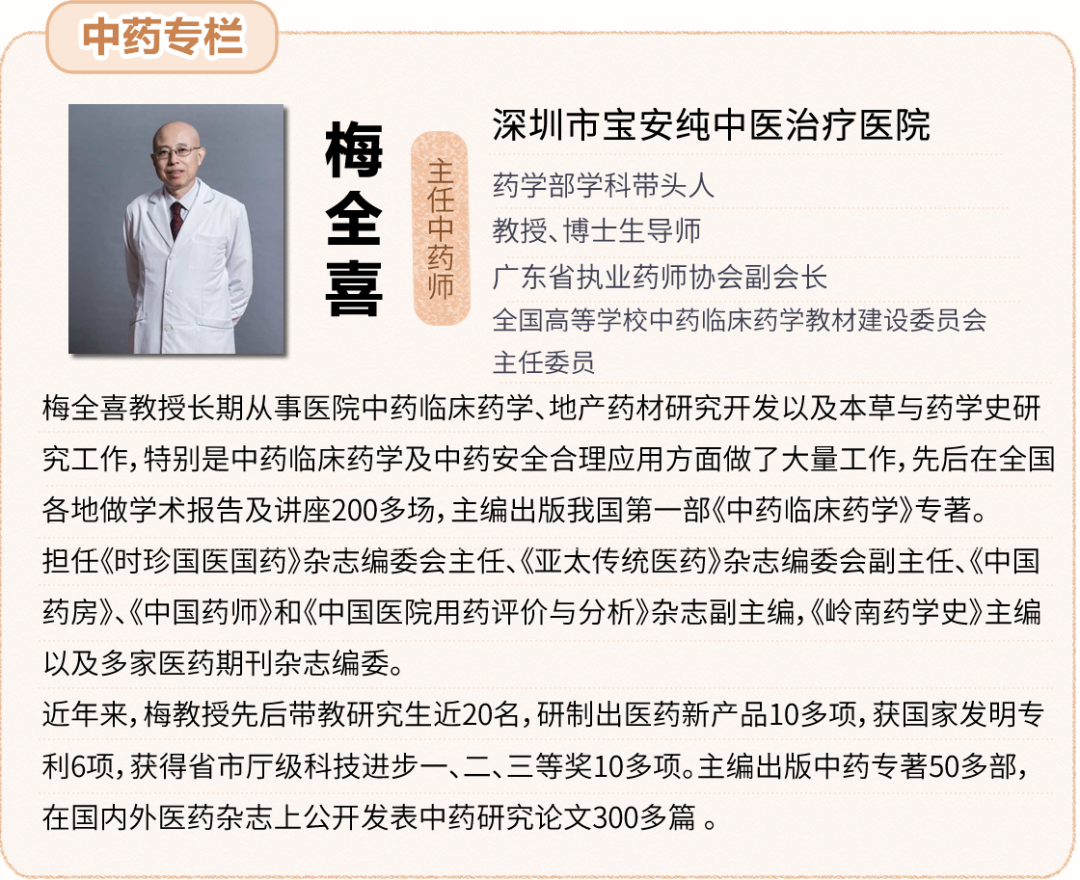
We welcome everyone to leave comments at the bottom, sharing insights after reading the story of traditional Chinese medicine.
Recommended Reading
-
Story 45 of “Bencao Gangmu”: The Antipyretic Medicine Gypsum
-
Story 44 of “Bencao Gangmu”: Mandrake Flower for Anesthesia
-
Story 43 of “Bencao Gangmu”: Burdock for Sudden Wind
-
Story 42 of “Bencao Gangmu”: The Legend of Rehmannia for Healing
-
Story 41 of “Bencao Gangmu”: Curcuma for Heart and Blood Purification

